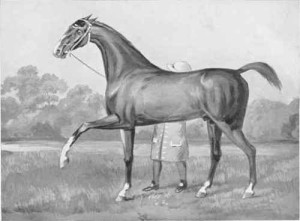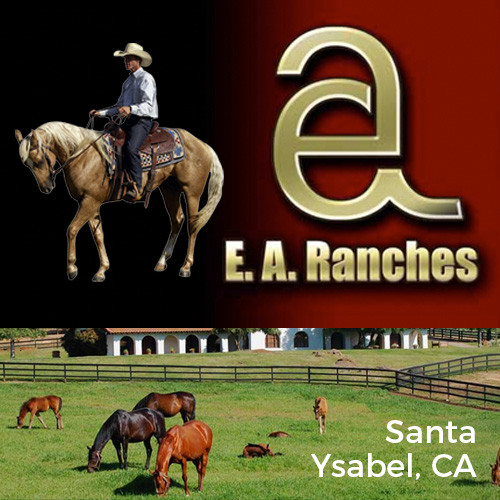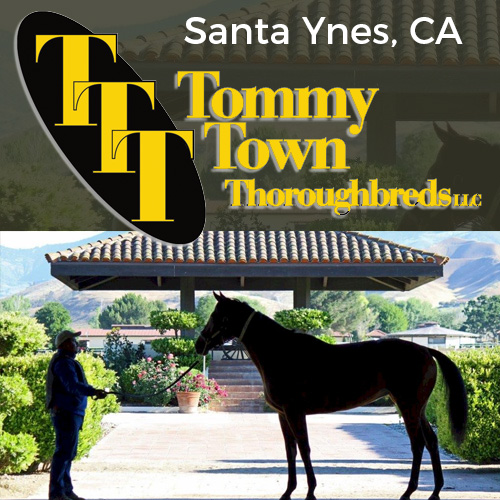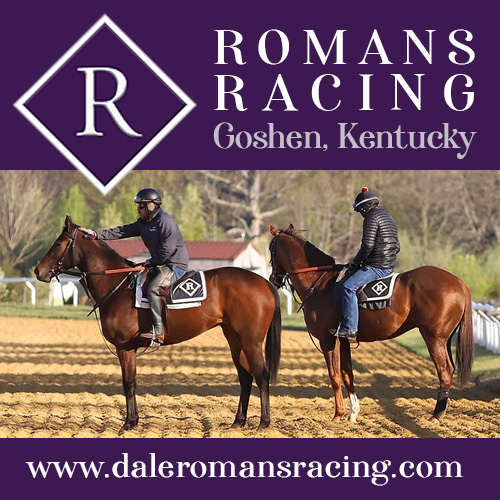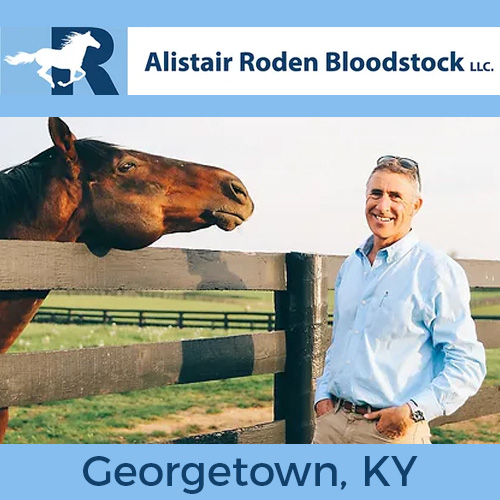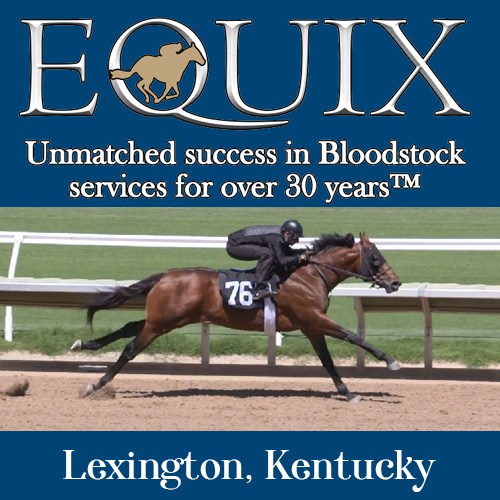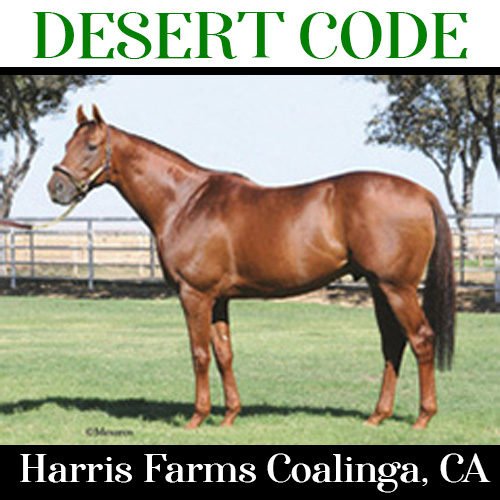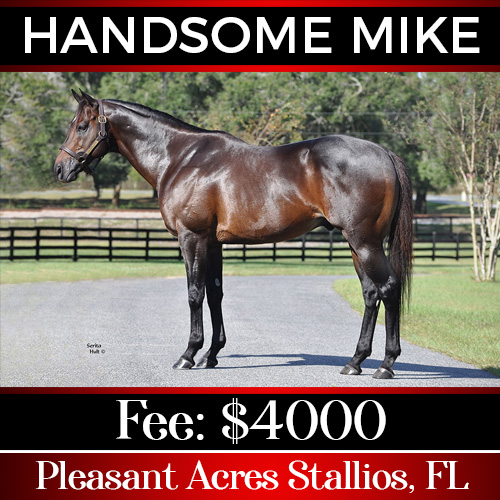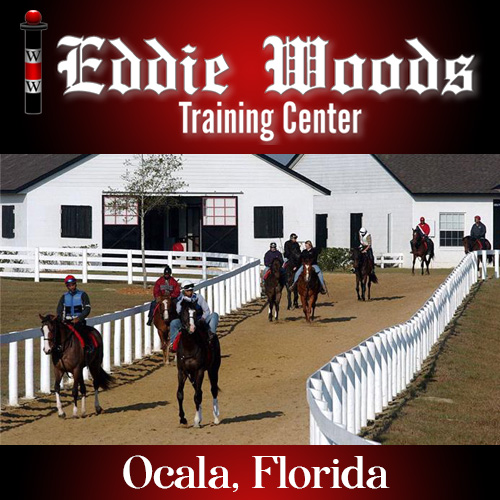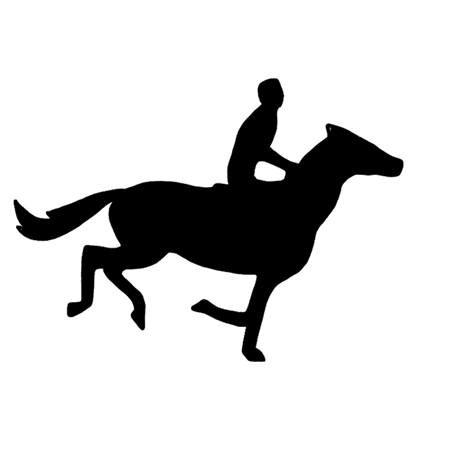Thoroughbred People's Equine Legends Series: Flying Childers
Established in 1967 as the Norfolk Stakes, the Flying Childers Stakes was renamed in 1973 when another race attained the aforestated moniker and it remained a British Group I until 1979, when it transitioned to Group II status. Contested over five furlongs at Doncaster on the third day of the St. Leger Festival, the event is restricted to 2-year-olds and pays homage to the horse that is widely considered the first tremendous Thoroughbred racehorse in the history of the sport, in Flying Childers.
Foaled in 1714 at Colonel Leonard Childers’ establishment, Cantley Hall, Doncaster in Yorkshire, Flying Childers was out of the fine mare Betty Leedes and was sired by the historic Darley Arabian, one of the three founding studs of the Thoroughbred line. The flashy bay colt with a wide white blaze and four white socks sported an impeccable pedigree. His damsire was Careless, whose performances on the racetrack were quite prolific and that stallion’s sire, Spanker, was also renowned for his racing exploits during the era of Charles II.
Brought to England in 1704 from Aleppo, Syria, after his purchase by Richard Darley, the Darley Arabian was a bay horse with an outstanding conformation. Darley did not normally afford mares outside of his own the opportunity to mate with his prized stallion, but Betty Leedes was deemed classy enough for the trip to Aldby Park in Yorkshire where the Darley Arabian was in residence.
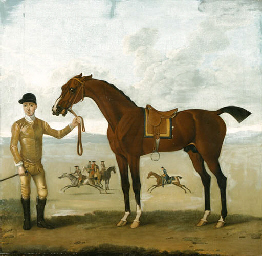 Flying Childers inherited his blaze and the stature of his sire, as he also was measured at 15.2 hands, which at the time was quite robust, and eventually was purchased by the Duke of Devonshire, for whom he competed. As was customary at that time, Flying Childers was bestowed with the name of his breeder and during his time of competition was also referred to as Devonshire Childers after his new owner.
Flying Childers inherited his blaze and the stature of his sire, as he also was measured at 15.2 hands, which at the time was quite robust, and eventually was purchased by the Duke of Devonshire, for whom he competed. As was customary at that time, Flying Childers was bestowed with the name of his breeder and during his time of competition was also referred to as Devonshire Childers after his new owner.
The horse was allowed plenty of time to grow and mature mentally as well as physically prior to his career debut as a 6-year-old. His first trip over a racetrack was on April 26, 1721 at Newmarket Racecourse where he finished first over Speedwell. He so thoroughly dominated that rival that his second race in October of that year over the same surface was a walkover. In his last start of the season he proved the respect for his talent was well-founded with a triumph over the older Almanzor, who was also the progeny of the Darley Arabian, and the top class mare Brown Betty in a match race between only this trio.
In 1722, Flying Childers only entered one event, which was another victory at Newmarket on October 22 over Chaunter. He did, however, compete in a trial race at York over a quarter mile and exhibited blazing speed by running his heralded colleague Fox into the ground.
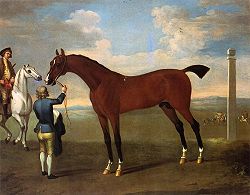 At age eight, Flying Childers once again showed his superiority simply because no one wanted to run their horses against him. He participated in a walkover in April at Newmarket and closed his career with another walkover in November at the same oval. His final contest was supposed to be a match race against Bobbsey, but that horse’s connections opted to pay a forfeit fee rather than allow their horse to compete.
At age eight, Flying Childers once again showed his superiority simply because no one wanted to run their horses against him. He participated in a walkover in April at Newmarket and closed his career with another walkover in November at the same oval. His final contest was supposed to be a match race against Bobbsey, but that horse’s connections opted to pay a forfeit fee rather than allow their horse to compete.
It certainly is not shocking that the Duke of Devonshire entertained many a fine offer for the stallion. In fact, it is reported he was even offered the equivalent of the horse’s physical weight in gold crowns, which he readily dismissed. He placed Flying Childers for his second career at the famed Chatsworth in Derbyshire where like his sire before him, he was a private stallion. He perished at that location in 1741 at age 26.
Although Flying Childers was definitely not a dud in the breeding shed, he was not as illustrious as he was on the racetrack. His best offspring were Plaistow, Blacklegs, Second, Snip, Commoner, Blaze, Spanking Roger, Roundhead, Fleec’em, and Steady. Blaze and Blacklegs not only were outstanding performers but excellent sires. For example, Blaze’s male line still exists today, but not in Thoroughbreds. His descendant Messenger is a foundation sire of Standardbreds while another descendant Shales was 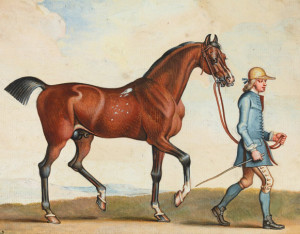 essential in producing Hackney horses. Blaze also was a major contributor to the Thoroughbred gene pool as the damsire of the great stallion, Herod.
essential in producing Hackney horses. Blaze also was a major contributor to the Thoroughbred gene pool as the damsire of the great stallion, Herod.
In addition, Snip’s son Snap was an outstanding broodmare sire and was the grandsire of Matchem through his daughter Conducter. Matchem, Herod and Eclipse are the three horses modern day Thoroughbreds can directly trace their lineage to. While Flying Childers was not directly responsible through his bloodline for the creation of Eclipse, that famed stallion is a direct descendant of Flying Childers’ full unraced brother, Bartlett’s Childers. Therefore, Flying Childers may not have a surviving male line in the breed, but his genetic material had a major impact on Thoroughbred racing.
